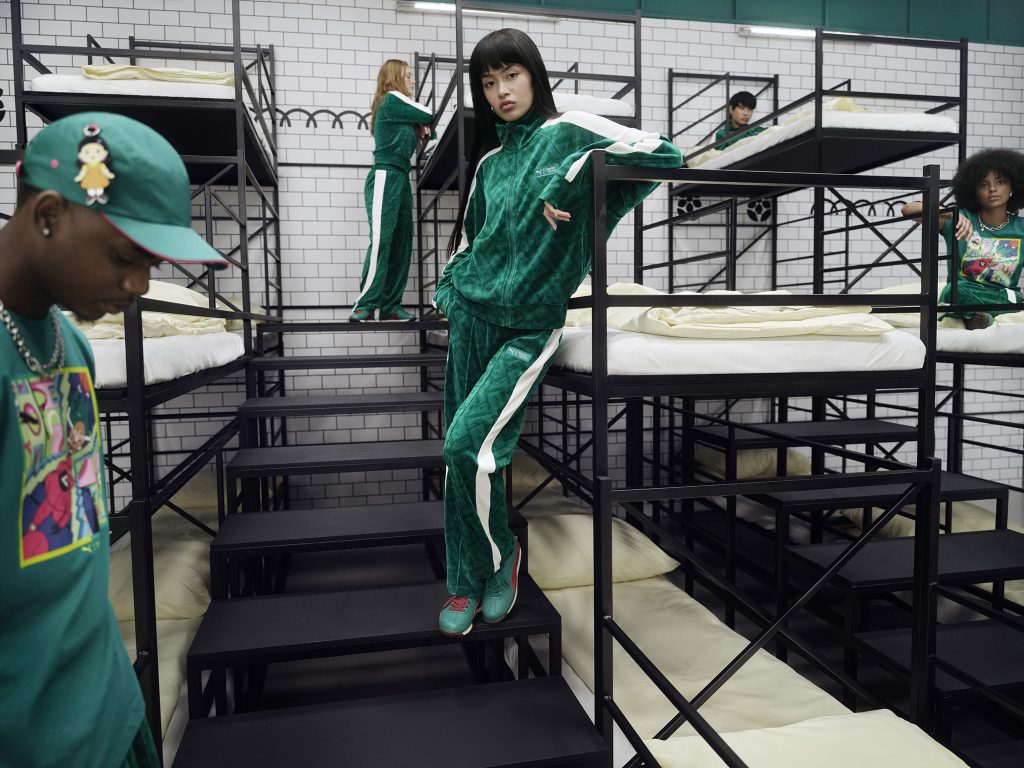Why has Hermès overtaken LVMH as the most valuable luxury brand? Hermès has surpassed LVMH due to a decline in LVMH’s sales, with Hermès’ market capitalization reaching approximately 246.4 billion euros compared to LVMH’s 244.1 billion euros. This shift reflects broader trends in the luxury market and differing company strategies.
In a significant development for the luxury goods industry, Hermès has overtaken LVMH as the world’s most valuable luxury brand by market capitalization. This shift comes as LVMH reports a decline in sales, highlighting changing dynamics in the high-end market.
The Shift in Market Capitalization
On April 15, 2025, Hermès’ market capitalization reached approximately 246.4 billion euros, surpassing LVMH’s 244.1 billion euros. This marks a notable change in the luxury sector’s hierarchy, with Hermès now holding the title of the most valuable luxury brand. The shift was driven by a nearly 8% decline in LVMH’s stock price on the same day, while Hermès’ shares saw a slight increase of 0.2%.
Reasons Behind LVMH’s Sales Decline
LVMH, the parent company of iconic brands like Louis Vuitton, Tiffany, and Dior, reported a 2% year-over-year decline in first-quarter revenue. This downturn is attributed to several factors:
- Weaker Demand: Reduced consumer spending in key markets such as the U.S. and China, particularly affecting sales of cognac and other luxury goods.
- Geopolitical Tensions: Recent tariff announcements by President Donald Trump have sparked fears of a recession, further dampening consumer confidence.
- Segment-Specific Challenges: LVMH’s wines and spirits segment saw a 9% decline in revenue, while fashion and leather goods experienced a 5% drop.
Also Read: Top NYFW Fall 2025 Trends & Brand
Broader Luxury Market Trends
Following the COVID-19 pandemic, the luxury goods industry experienced a remarkable post-pandemic surge in spending as consumers, eager to break free from months of lockdowns, unleashed their pent-up demand. This led to a sharp increase in purchases of high-end items, with people indulging in luxury as a way to celebrate newfound freedoms or reward themselves after a period of restraint.
However, this boom has proven to be short-lived, giving way to a current slowdown in the sector. Recent data highlights this shift, showing that growth rates are now converging towards historical averages—essentially returning to the steady, pre-pandemic patterns the industry once followed.
A key indicator of this downturn is the STOXX Europe Luxury 10 index, which tracks major luxury firms and recently reported its largest quarterly decline since 2020, underscoring the cooling enthusiasm among buyers. This slowdown is largely driven by economic pressures, including persistent high inflation and rising interest rates.
Inflation has eroded purchasing power, making luxury items—often seen as discretionary rather than essential—less affordable for many, while higher interest rates have increased borrowing costs, further squeezing disposable incomes. Together, these factors have made consumers more cautious, curbing their willingness to splurge on luxury goods and signaling the end of the post-pandemic spending spree.

Expert Insights
Industry analysts have weighed in on this development:
Jelena Sokolova, Morningstar: “Tuesday’s trading does reflect diverging performance and investor sentiment about the two companies.”
Flavio Cereda, GAM: “The overtaking in market cap is quite telling of the post, post-Covid world,” noting LVMH’s greater exposure to middle-range luxury goods as a potential vulnerability.
Hermès’ Winning Strategy
Hermès has managed to outperform its rivals through a unique approach:
- Supply Restriction: By limiting production increases to 6-7% annually, Hermès maintains exclusivity and high demand for its products, such as the coveted Birkin and Kelly handbags.
- Focus on High-Net-Worth Individuals: This strategy has allowed Hermès to weather economic downturns more effectively than competitors.
Conclusion
The surpassing of LVMH by Hermès as the most valuable luxury brand underscores significant shifts in consumer behavior and market dynamics. While LVMH grapples with sales declines and broader economic challenges, Hermès’ strategic focus on exclusivity and high-end clientele has proven resilient. As the luxury market continues to evolve, it will be crucial to monitor how these industry giants adapt to changing conditions.


















